
OR
Kathmandu Valley’s energy demand projected to reach 3,100 MW by 2050
Published On: May 1, 2022 01:30 PM NPT By: Republica | @RepublicaNepal
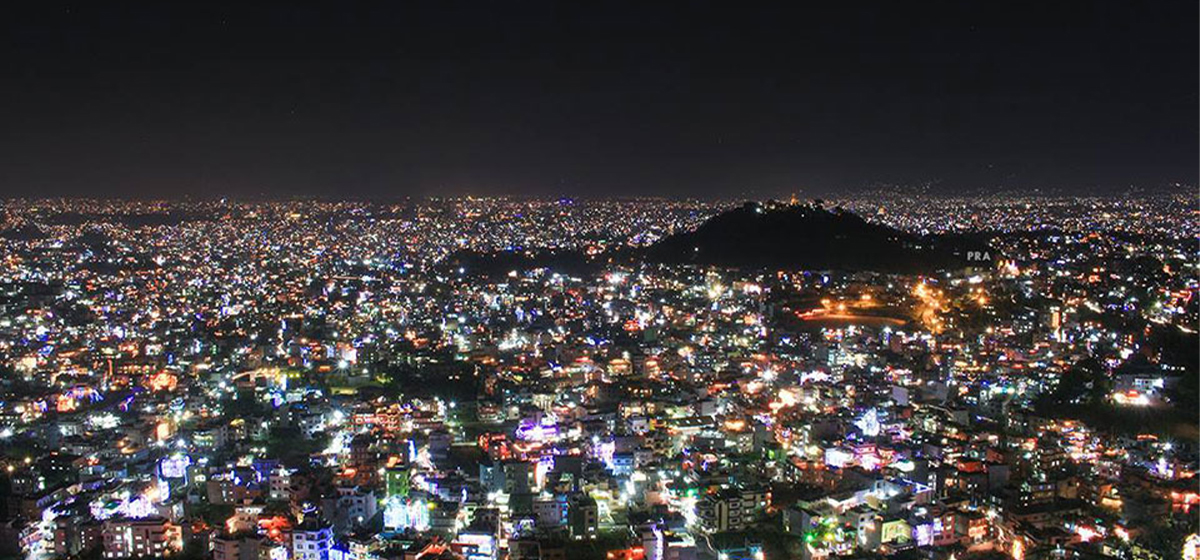
KATHMANDU, May 1: Nepal Electricity Authority (NEA) has projected the Kathmandu Valley’s energy demand to reach 3,100 MW in the next three decades. The NEA has decided to hold discussions on the need to formulate a masterplan for the upgradation of physical infrastructures that can withstand the increasing demand of electricity as well as to start the collection of the required resources.
According to NEA Executive Director Kulman Ghising, there is a need to upgrade and prepare new infrastructures now, as the Valley’s energy demand is expected to grow significantly. “The demand has been increasing every year. The lack of required infrastructures could create major problems because of which there is a need for upgrading the existing and adding new infrastructure to suffice the demand of energy in the future.
The NEA has estimated a cost of about Rs 40 to 50 billion for the construction of transmission lines. The authority has a plan to construct a 40km 400KV transmission line from Nijgadh in Bara to Dukuchhap in Lalitpur.
The NEA is currently constructing 132KV and 220KV transmission lines inside the Kathmandu Valley. Apart from this, NEA is also planning to build a ring of transmission lines in the river corridors and hills around the Valley.
The NEA has announced plans to move ahead with the work of constructing a large scale transmission line with the support of the World Bank and the Asian Development Bank. There is infrastructure that can withstand the demand for 500MW of energy in the Valley at present.
Furthermore, Ghising mentioned that there is a need to upgrade and construct new infrastructure to provide quality service to the public as the Kathmandu Valley still faces frequent power cuts in the winter season due to an increase in demand.
Furthermore, Ghising shared that Nepal will have to export electricity worth more than Rs 29 billion to India in six months if the energy crisis in the Indian market continues. "With the onset of the rainy season, Nepal can sell more than 191.6 million units of electricity to India daily," he said. “If Nepal can sell electricity to India at the rate of Rs 12 per unit for six months, electricity worth Rs 29 billion could be exported to the southern neighbor.
Nepal can only export electricity worth about Rs 9 billion until the start of monsoon, an employee of NEA claimed. The authority has been cutting power supply to the industrial sector since last Wednesday due to its inability to import sufficient amounts of electricity from the Indian energy exchange market.
"The NEA has been trying to reduce the load on the industrial sector for some time as it has not been able to import electricity from the Indian energy exchange market," said Ghising. “In case of failure to import, electricity will be cut in the industrial sector for some time,” he added.
The NEA has made it clear that the electricity supply to the homes of domestic consumers (general public) will not be obstructed. Ghising claimed that the power cut in the industrial sector would not last more than 15 days. "Industrial power cuts are not for the long term," he said. “The power cut in the industrial area will be removed as soon as the flow of the rivers increases due to the melting of snow from the mountains of Nepal,” he said.
The NEA used to meet the domestic demand by importing 300-400 megawatts of electricity from India during the peak hours. At present, NEA has hardly been able to import only 70 to 100 MW of electricity. Nepal is currently importing electricity from India at INRs 12 per unit.
The NEA needs 300 megawatts of electricity 24 hours a day to meet the current demand. Due to the non-availability of electricity as per the demand, the NEA has not been able to provide the required amount of electricity to industries at present. According to the NEA, the demand for electricity has increased from 300 to 400 MW during peak hours as compared to last year.
At present, the energy demand has also increased by 25 to 30 percent. According to NEA, the demand for electricity was estimated at 27 million units daily in the same season last year but now the demand has skyrocketed. Although the total generation capacity of Nepal's hydropower projects is 2200 MW, only 900 MW of electricity is generated during the day time. Likewise, 1400 MW of electricity is being generated in the morning and evening peak hours.
Earlier, India stopped the export of electricity to Nepal, citing an increase in demand in India itself, following the increase in coal prices in the international market due to the ongoing invasion of Ukraine by Russia.
You May Like This
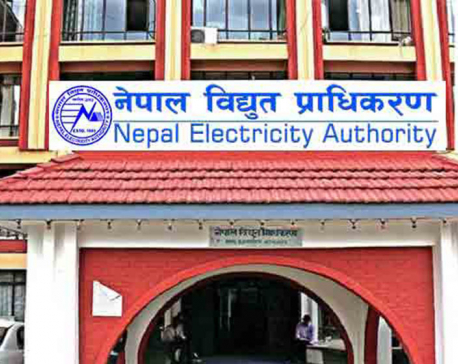
NEA preparing to distribute power from underground cable line
KATHMANDU, May 28: The Nepal Electricity Authority (NEA) is preparing to supply power from the underground transmission line system in... Read More...
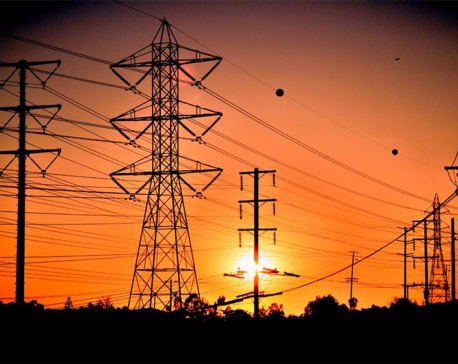
NEA to construct eight high-capacity substations in Kathmandu Valley to meet electricity demand till 2050
KATHMANDU, May 8: Nepal Electricity Authority (NEA) is set to construct eight high capacity substations to improve the power transmission... Read More...

Commendable job
The government has taken up the much needed work of installing underground electric wires in the Kathmandu Valley. ... Read More...


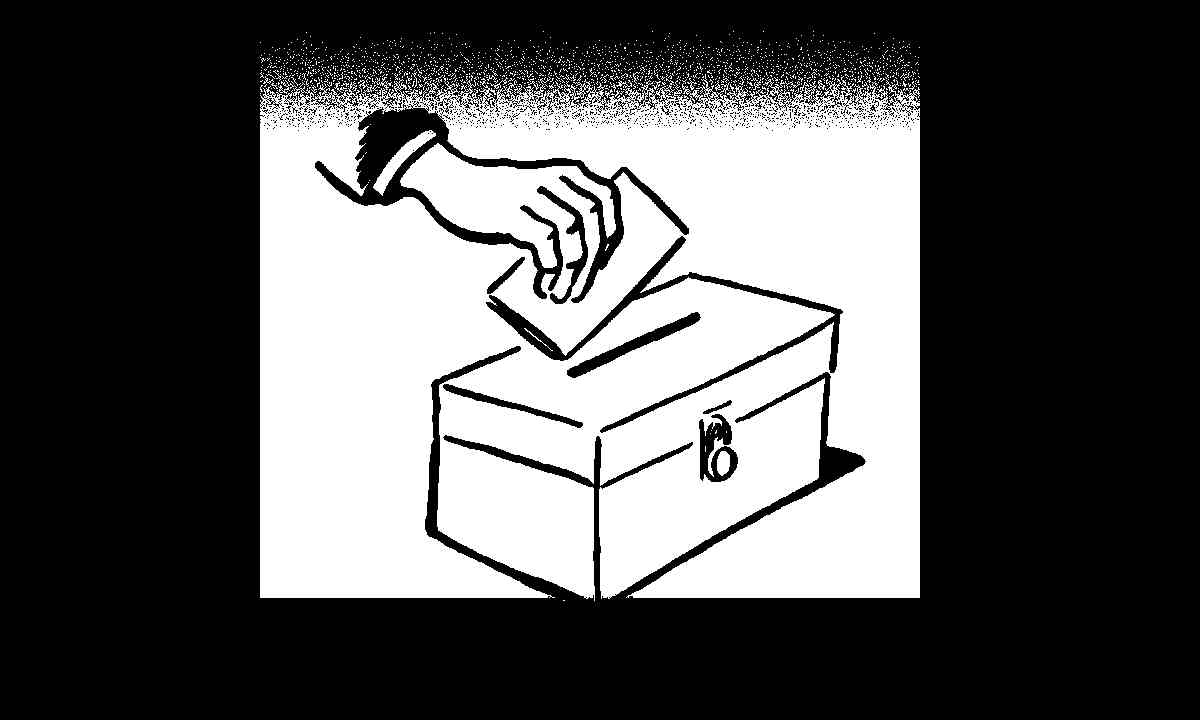

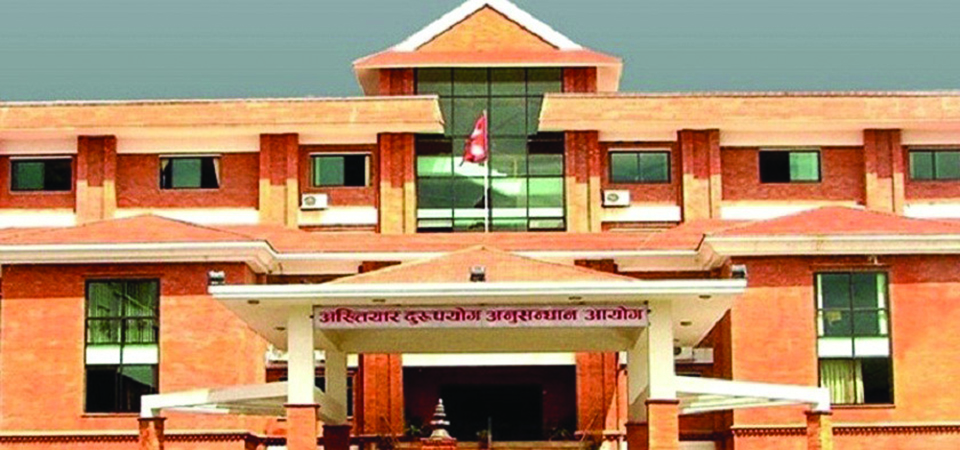
Just In
- Kathmandu continues to top the chart of world’s most polluted city
- JSP Central Executive Committee meeting today
- Ambassador Adhikari presents his letter of credentials to Turkish President Erdoğan
- Bajhang by-election: Construction of Taklakot Road is common election agenda of candidates
- Meeting of Finance Committee being held today to discuss 2025/25 budget
- Stakeholders call for transparency as Beijing pushes for early implementation of BRI projects in Nepal
- Special Court orders judicial custody for Sunil Paudel over illegal wealth acquisition charges
- District Court Rautahat sentences four individuals including Aftab Alam to life imprisonment









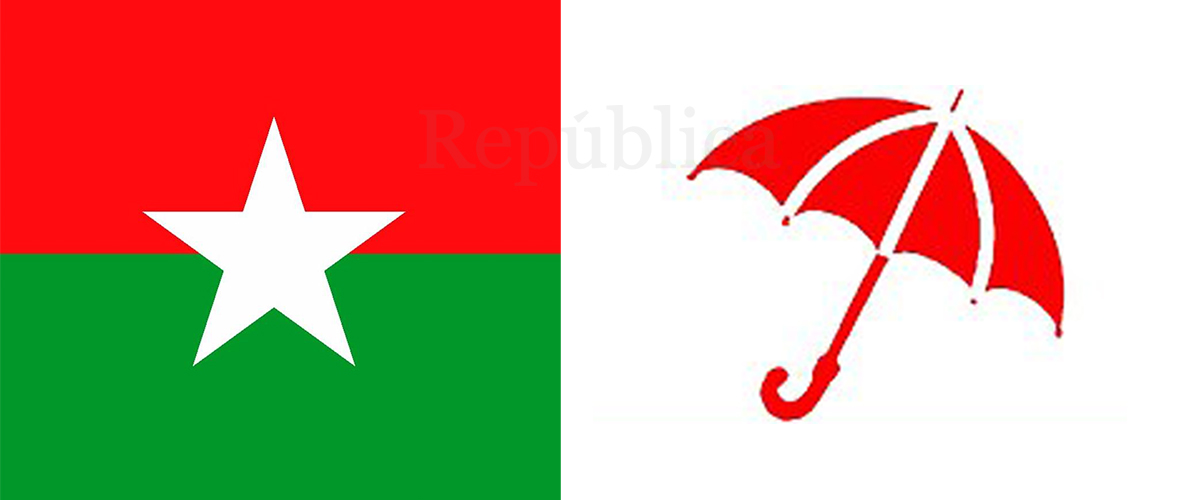
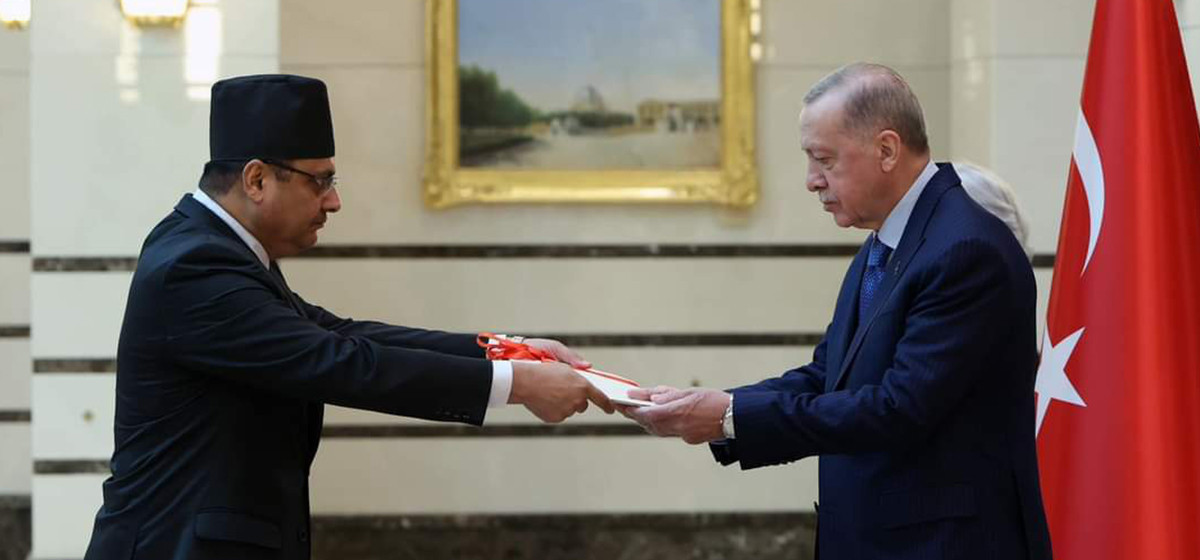
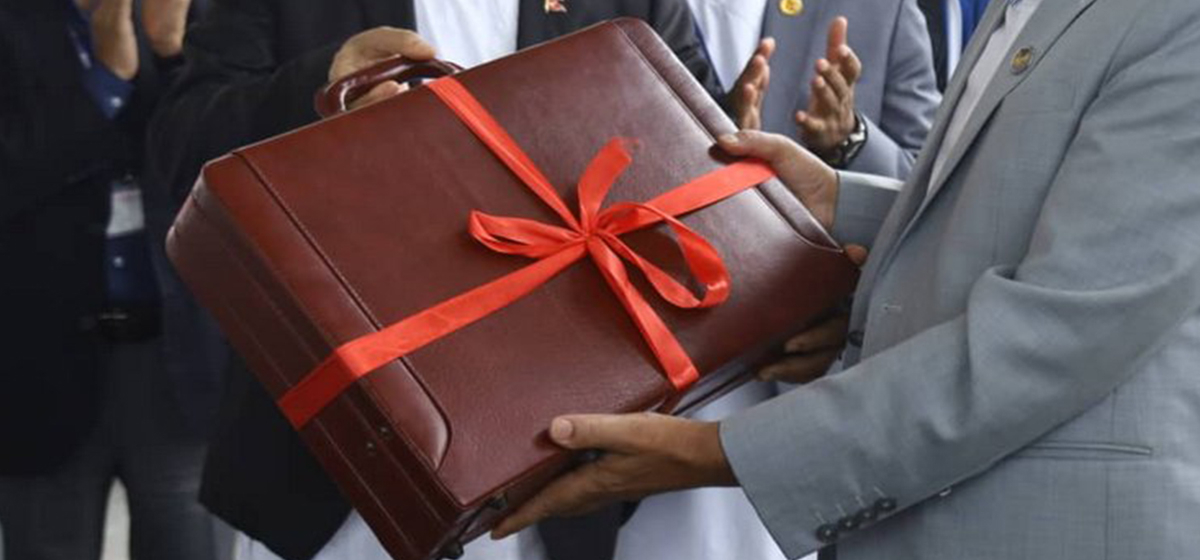

Leave A Comment